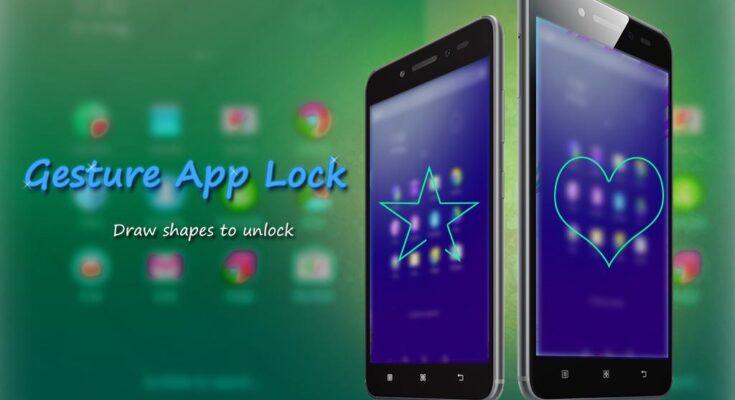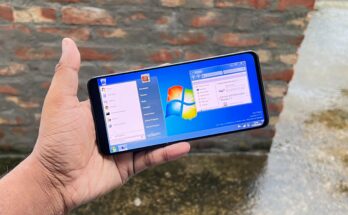In today’s fast-paced digital world, technology continues to evolve, making interactions with devices more intuitive and seamless. One of the most exciting advancements in this space is gesture control technology, which allows users to operate devices through simple hand movements or body gestures. Gesture control apps are transforming the way we interact with smartphones, computers, smart TVs, and even augmented reality (AR) devices.
This article explores the concept of gesture control apps, their benefits, applications, challenges, and what the future holds for this innovative technology.
What Are Gesture Control Apps?
Gesture control apps use motion-sensing cameras, infrared sensors, or device cameras to detect and interpret human gestures as commands. Instead of tapping a screen or clicking a mouse, users can perform actions like swiping, zooming, or selecting by moving their hands in the air.
Some popular examples include:
-
Google’s Soli Radar – Uses miniature radar to detect subtle finger movements.
-
Apple’s Hand Gestures for Vision Pro – Allows users to control AR interfaces with hand motions.
-
Leap Motion Controller – Tracks hand and finger movements for precise 3D interaction.
Benefits of Gesture Control Apps
1. Enhanced User Experience
Gesture control eliminates the need for physical contact, making interactions smoother and more natural. For example, scrolling through a recipe while cooking with messy hands becomes effortless.
2. Accessibility
People with mobility challenges or disabilities can benefit from gesture-based controls, as they reduce reliance on touchscreens or keyboards.
3. Hands-Free Operation
In scenarios like driving, medical surgeries, or industrial work, gesture control allows users to operate devices without touching them, improving safety and efficiency.
4. Immersive Gaming & AR/VR Experiences
Gesture recognition enhances virtual reality (VR) and augmented reality (AR) by allowing users to interact with digital environments naturally.
5. Futuristic & Engaging Interfaces
From smart homes to retail displays, gesture-based interactions create engaging and futuristic user experiences.
Applications of Gesture Control Apps
1. Smartphones & Tablets
Some Android and iOS apps enable gesture-based navigation, such as waving to answer calls or flipping through photos with hand movements.
2. Smart TVs & Home Entertainment
Devices like Samsung’s gesture-controlled TVs allow users to adjust volume or change channels with simple hand motions.
3. Automotive Industry
Car manufacturers are integrating gesture controls for infotainment systems, enabling drivers to adjust settings without taking their eyes off the road.
4. Healthcare & Surgery
Surgeons can manipulate medical imaging or robotic tools using gestures, maintaining a sterile environment.
5. Retail & Advertising
Interactive digital signage in stores can respond to customer gestures, providing a more engaging shopping experience.
Challenges & Limitations
Despite their potential, gesture control apps face several challenges:
1. Accuracy & Sensitivity Issues
Ambient light, camera quality, and fast movements can affect gesture recognition accuracy.
2. Limited Adoption
Not all devices support gesture controls, and users may still prefer traditional touch or voice commands.
3. High Battery Consumption
Continuous motion tracking can drain battery life quickly on mobile devices.
4. Learning Curve
Users may need time to adapt to gesture-based interactions, which can feel unintuitive at first.
The Future of Gesture Control Apps
As AI and sensor technology improve, gesture recognition will become more precise and widespread. Future developments may include:
-
AI-Powered Gesture Prediction – Machine learning algorithms will better understand natural movements.
-
Haptic Feedback Integration – Users may feel tactile responses when performing gestures.
-
Wider IoT Integration – Gesture controls could manage smart home devices seamlessly.
-
Neural Gesture Recognition – Brain-computer interfaces (BCIs) may allow thought-based controls.
Conclusion
Gesture control apps represent a major leap in human-computer interaction, offering a more intuitive and immersive way to engage with technology. While challenges remain, advancements in AI, AR/VR, and sensor technology will drive broader adoption.
As we move toward a touchless future, gesture-based apps will play a crucial role in making digital interactions faster, safer, and more accessible. Whether for gaming, healthcare, or everyday smartphone use, gesture control is set to redefine how we connect with the digital world.




